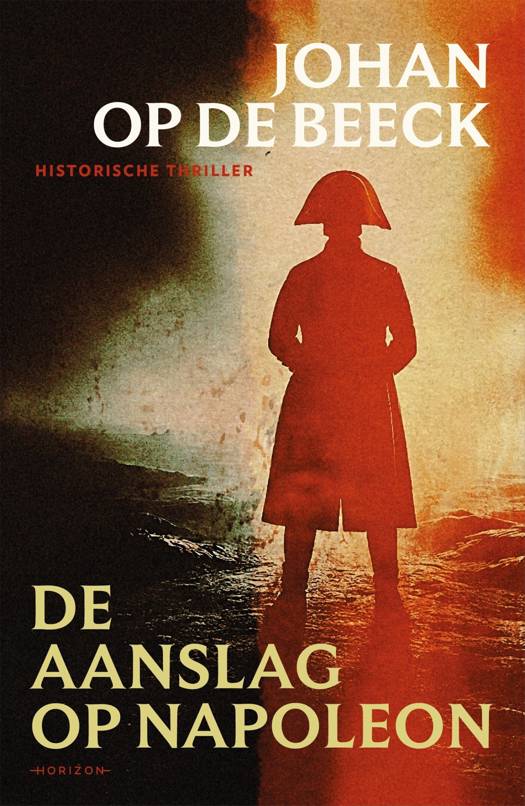
- Afhalen na 1 uur in een winkel met voorraad
- Gratis thuislevering in België vanaf € 30
- Ruim aanbod met 7 miljoen producten
- Afhalen na 1 uur in een winkel met voorraad
- Gratis thuislevering in België vanaf € 30
- Ruim aanbod met 7 miljoen producten
Zoeken
Dyes in History and Archaeology 20
€ 129,95
+ 259 punten
Uitvoering
Omschrijving
Until the 19th century, the dyes available to decorate all the objects of art and everyday life were obtained from naturally occurring raw materials. It was well known that some were better than others and from early times the necessity of assessing quality and avoiding falsifications was recognised. Following developments in synthetic organic chemistry, a vast number of new dyestuffs appeared; these also varied in quality and permanence and required testing. Historians, archaeologists, chemists and dyers then began to ask how the dyers of earlier times and other civilisations had carried out their craft. Today, conservators have questions too: how the dye and its method of application may affect the state of preservation of an object, and also the remedial measures that are necessary. Over the centuries, analytical methods have developed from simply moistening the raw material with saliva to assess its dyestuff content to the identification of a dyestuff molecule by mass spectrometric analysis. Methods for the examination of dyestuffs have evolved in parallel with developments in analytical chemistry and ever more detailed information becomes available as techniques improve. The development of non-destructive methods has a particular relevance to historical artefacts and may grow in importance in the future. These points are discussed in the papers presented at the 20th Meeting of the Dyes in History and Archaeology, held in 2001 at the Instituut Collectie Nederland, Amsterdam. They are illustrated further by discussions of the use of particular analytical methods and the development and use of a range of dyestuffs from shellfish purple to Malachite green; from Indonesian dyes to food colorants. Historical and conservation issues are also discussed including dyeing of prestigious textiles during the Nara era in Japan by a method that was subsequently forgotten, and the conservation of two historical Canadian textiles.
Specificaties
Betrokkenen
- Uitgeverij:
Inhoud
- Aantal bladzijden:
- 212
- Taal:
- Engels
- Reeks:
- Reeksnummer:
- nr. 20
Eigenschappen
- Productcode (EAN):
- 9781873132296
- Verschijningsdatum:
- 1/04/2005
- Uitvoering:
- Paperback
- Formaat:
- Trade paperback (VS)
- Afmetingen:
- 176 mm x 243 mm
- Gewicht:
- 566 g

Alleen bij Standaard Boekhandel
+ 259 punten op je klantenkaart van Standaard Boekhandel
Beoordelingen
We publiceren alleen reviews die voldoen aan de voorwaarden voor reviews. Bekijk onze voorwaarden voor reviews.










